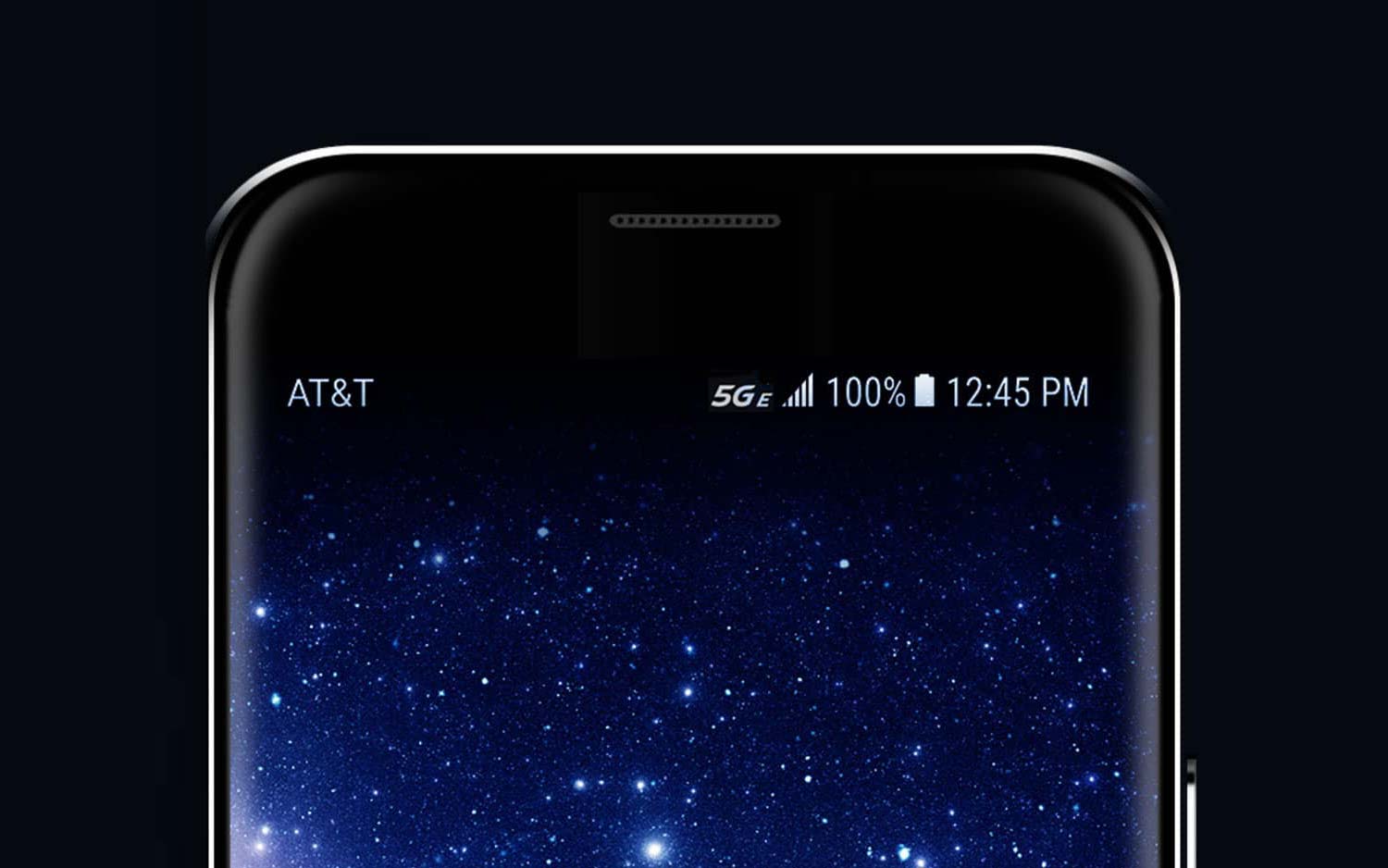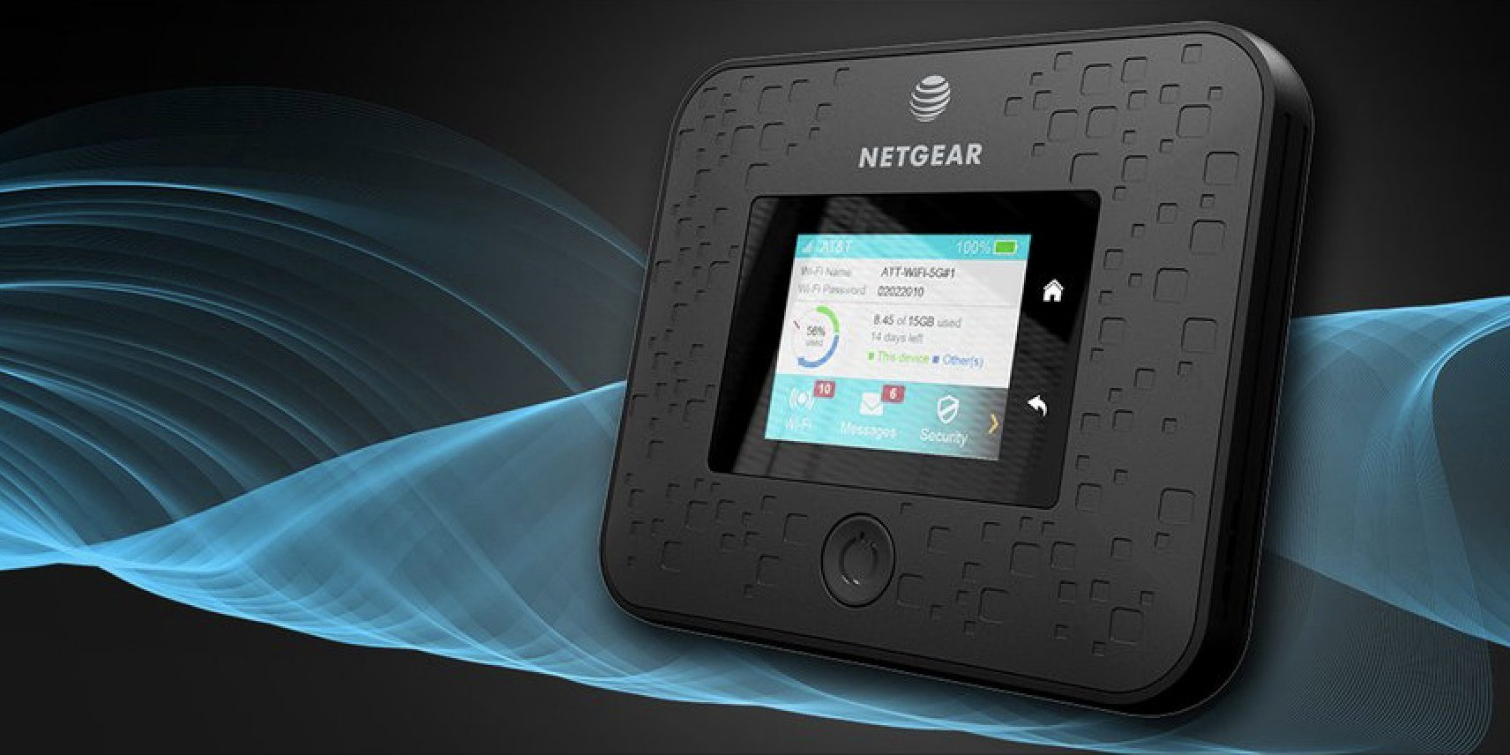AT&T Exec Defends '5GE' Amidst Backlash
AT&T's senior vice president for wireless technology disagrees with critics who say that its 5GE marketing is misleading and outlines why he believes the carrier is in the best position to win the 5G war.
AT&T is on the front lines of the 5G revolution. In fact, the carrier is the leading the way so far, as it’s the first in the U.S. to offer mobile 5G service. It’s available now in 12 cities via a hotspot with even more cities on the way.

AT&T also just announced that it is teaming up with a Chicago medical center to speed up network communications and reduce latency, as well as a partnership that will turn AT&T Stadium in Dallas into a 5G playground.
But AT&T also finds itself in hot water for trying to pass off enhanced 4G service as 5G. Certain phones will now display a 5GE icon in areas where AT&T offers peak theoretical speeds of at least 400 megabits per second. Its 5G Evolution service is now in 400 markets.
MORE: Verizon Shows Real-World 5G Speeds at CES
Other carriers are crying foul, with Verizon’s CTO saying in a blog post that this behavior is “designed to purposely confuse consumers.” Sprint and T-Mobile have also criticized AT&T.
In Defense of "5GE"
AT&T’s Igal Elbaz, senior vice president for wireless technology AT&T, defended the carrier’s strategy in an interview with Tom’s Guide.
Sign up to get the BEST of Tom's Guide direct to your inbox.
Get instant access to breaking news, the hottest reviews, great deals and helpful tips.
“We’ve been talking about 5G Evolution for a while now. We were pretty public about what we were doing and what we were deploying,” said Elbaz.
“What we’re trying to do is two things. One is to let the customer know that they are in an enhanced experience market or area. So we’re letting them know this on the device. And there are close to 20 devices that support this.”

"All of our investment in the infrastucture and hardware is all 5G ready, so the moment the 5G software and the 5G devices show up, it's a software upgrade to our network to enable our customers to move to 5G," said Elbaz.
That's true, but those with 5GE devices will still need to upgrade to a new handset.
When asked whether using the term 5GE is misleading given that it is not based on 5G technology, Elbaz said “our customers will love [5GE]. What we’re trying to do is let them know that there is an enhanced experience in their market.”
MORE: 5G Reality Check: Will It Really Impact You This Year?
5G as Paradigm Shift
As for the real 5G, Elbaz is most excited about how it is going to be a paradigm shift for consumers and the enterprise.
Consumers will immediately benefit from the increased speeds of 5G, which Elbaz says will be “multi-gig peak speeds at theoretical peak.” This will be especially important for watching video, as nearly half of all the traffic coming through AT&T’s network today is video. And that’s expected to grow to 75 percent within three years.

But it’s also about lower latency or less lag, which is important for mobile gaming but also immersive augmented reality experiences. 5G will take latency from about 100 milliseconds today to under 20 ms.
“If you’re a consumer on an AR experience in a 100-millisend world, that’s when you start feeling nausea or dizzy,” said Elbaz. “Because your brain is trying to process around 13 to 20 ms and when there’s a difference between the experience and your brain that’s when you start feeling the nausea.”
Other applications for 5G will include driverless cars and potentially replacing Wi-Fi in the enterprise altogether with 5G networks.
For example, you’ll see smarter factories, where the ability to control robots has become a lot more important, not to mention reading data from dozens if not hundreds of sensors.
5G could also transform live entertainment, starting with AT&T Stadium in Dallas. “Think about clear 360-degree replays happening in the stadium,” said Elbaz. “Think about going to the food court and at the same time you can experience of what’s going on in the locker room.”
MORE: Best Smartphones - Here Are the 10 Best Phones Available
The War Is Just Starting
Despite the backlash over 5GE, Elbaz believes that AT&T is in a pole position for the next wave of wireless. “We were the driver behind accelerating the standard,” he said. “When the June version of the standard was completed between June and December we were able to launch a network based on the specification. That’s something that’s never been done before. That’s typically an 18-month cycle or more. We did it within a year.”
Another advantage Elbaz says AT&T has is the ability to learn from its early deployment. He told us that having real customers at this stage allows the carrier to iterate on the service’s capabilities month over month.
5G phones are not on the immediate horizon, but AT&T has promised that a Samsung phone will be coming in the first half of the year that will be able to tap into 5G mmWave technology; another Samsung phone will arrive toward the end of the year that will support both mmWave and AT&T's sub-6 GHz spectrum, which should enable the carrier to offer broader coverage.
AT&T knows that the 5G competition is going to be fierce, but Elbaz believes that the carrier’s experience in software defined networking and machine learning will help set it apart. But the jury is still out on whether 5GE will help or hurt the carrier’s cause.
Mark Spoonauer is the global editor in chief of Tom's Guide and has covered technology for over 20 years. In addition to overseeing the direction of Tom's Guide, Mark specializes in covering all things mobile, having reviewed dozens of smartphones and other gadgets. He has spoken at key industry events and appears regularly on TV to discuss the latest trends, including Cheddar, Fox Business and other outlets. Mark was previously editor in chief of Laptop Mag, and his work has appeared in Wired, Popular Science and Inc. Follow him on Twitter at @mspoonauer.

